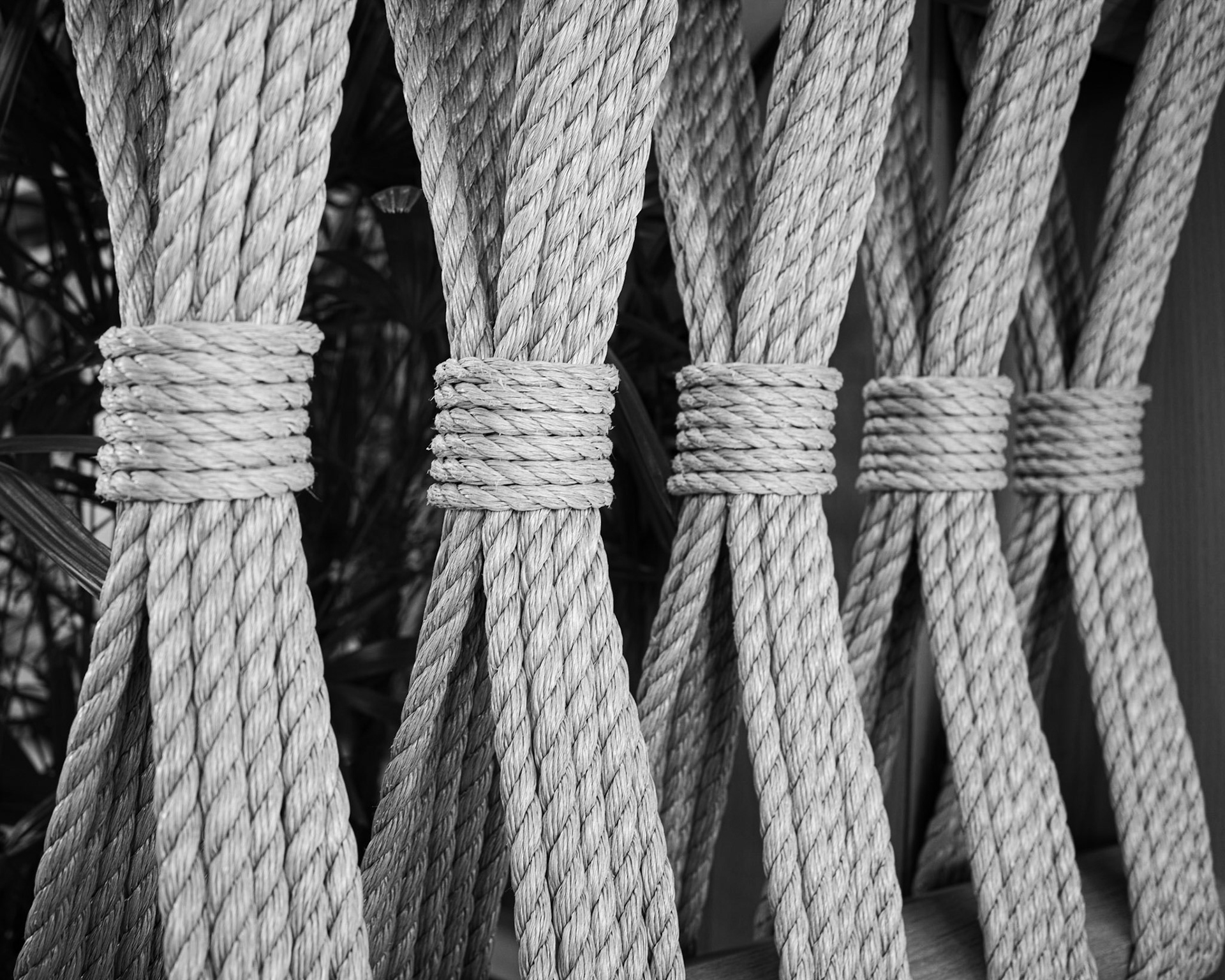
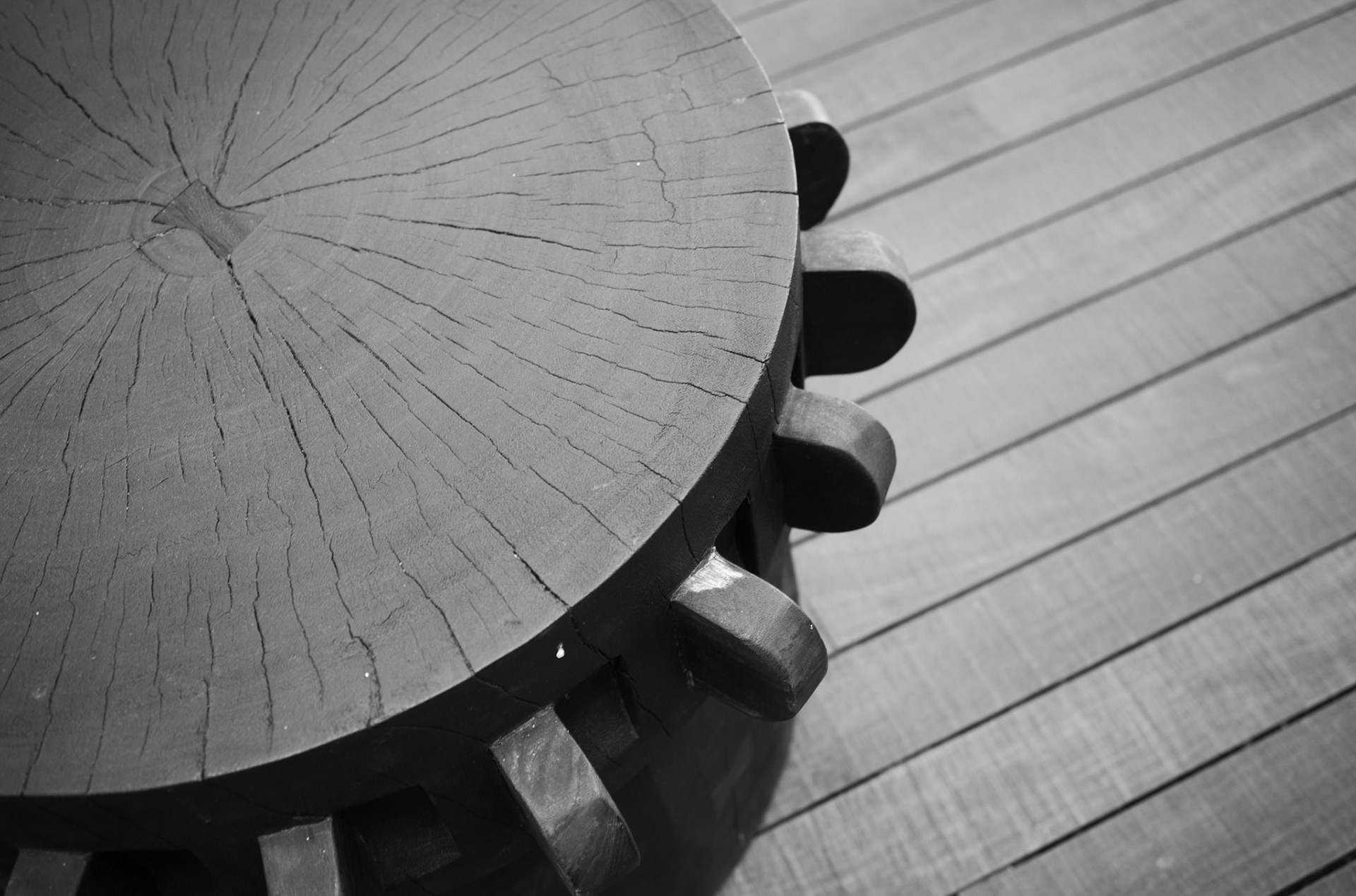
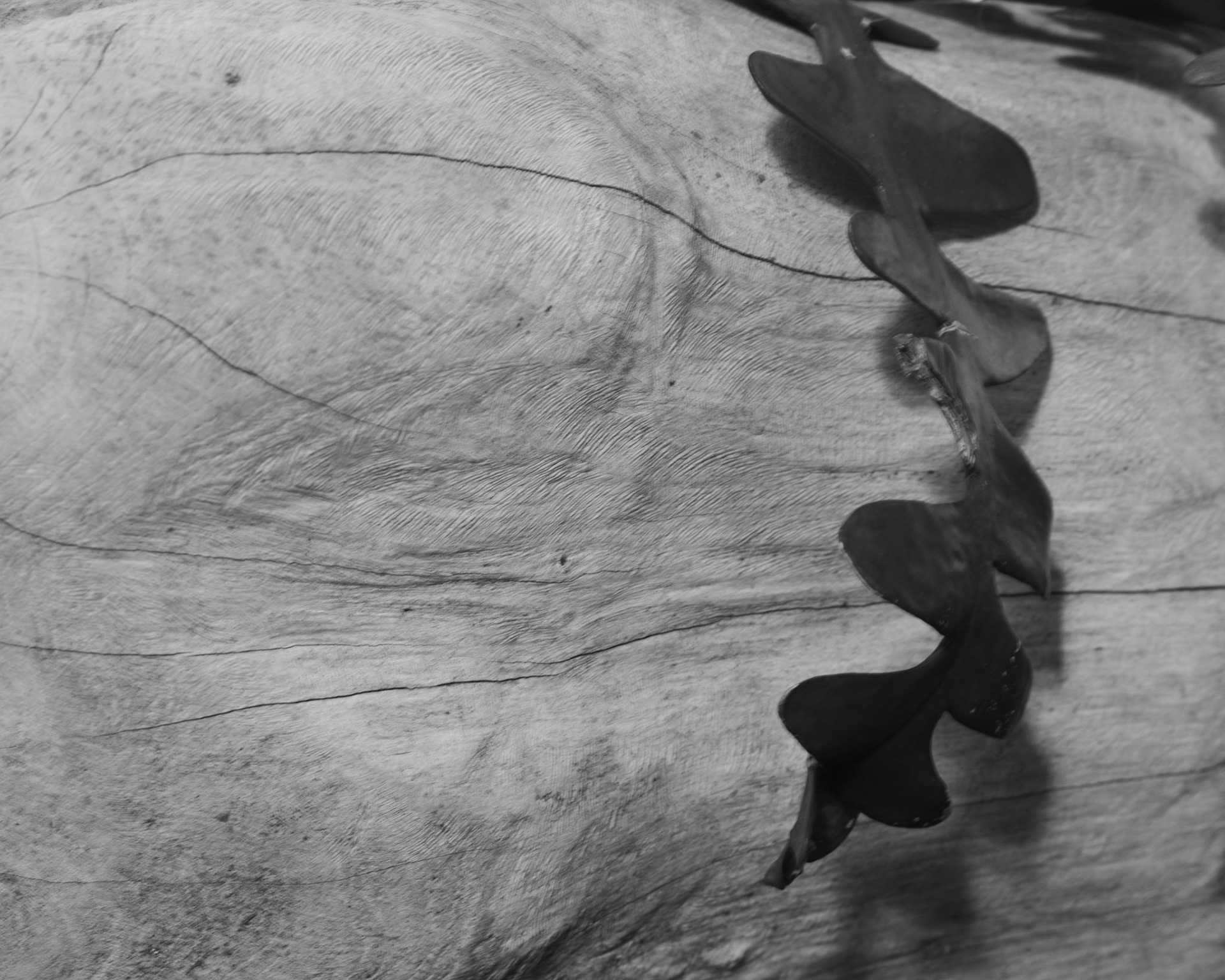
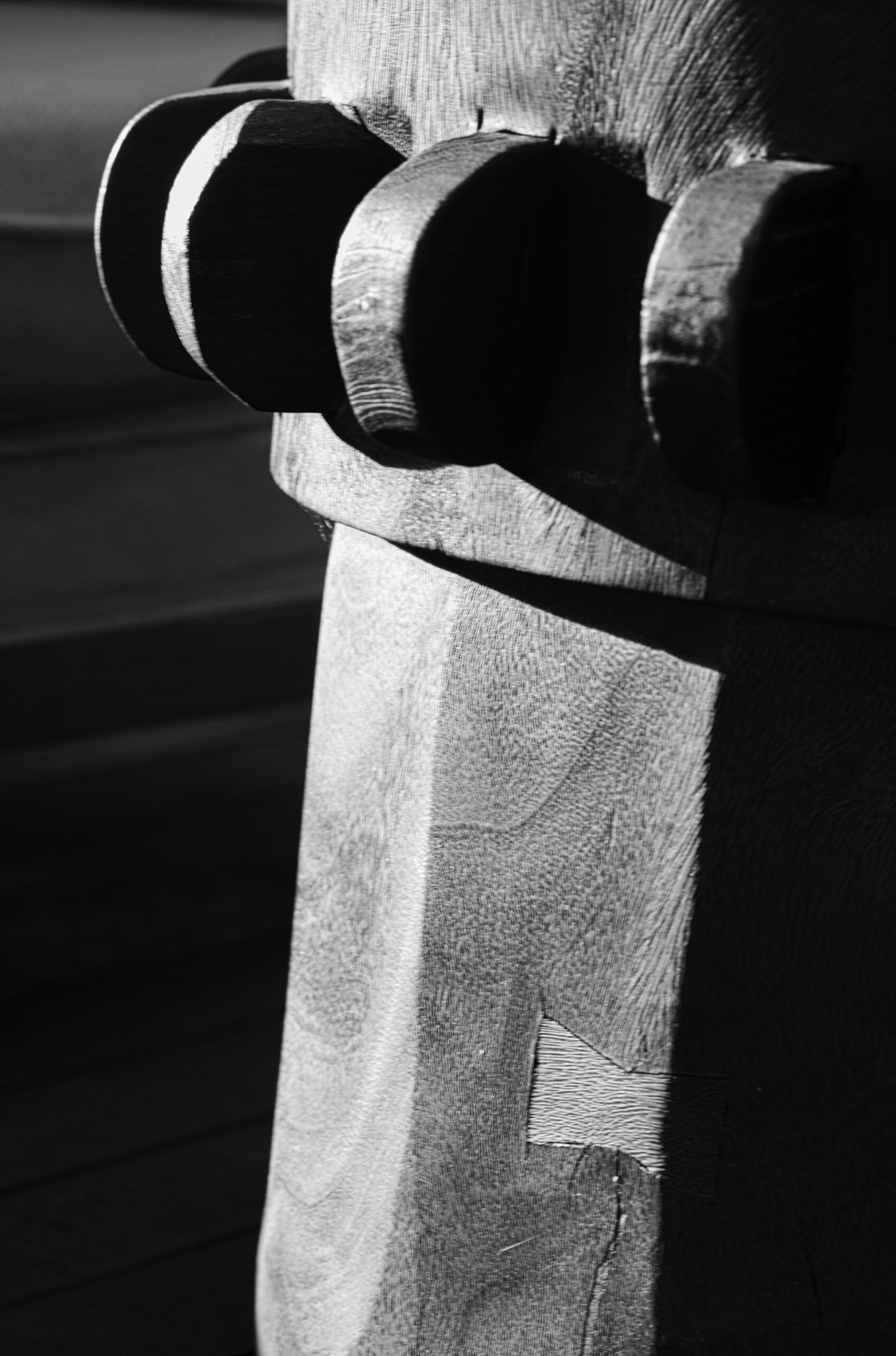



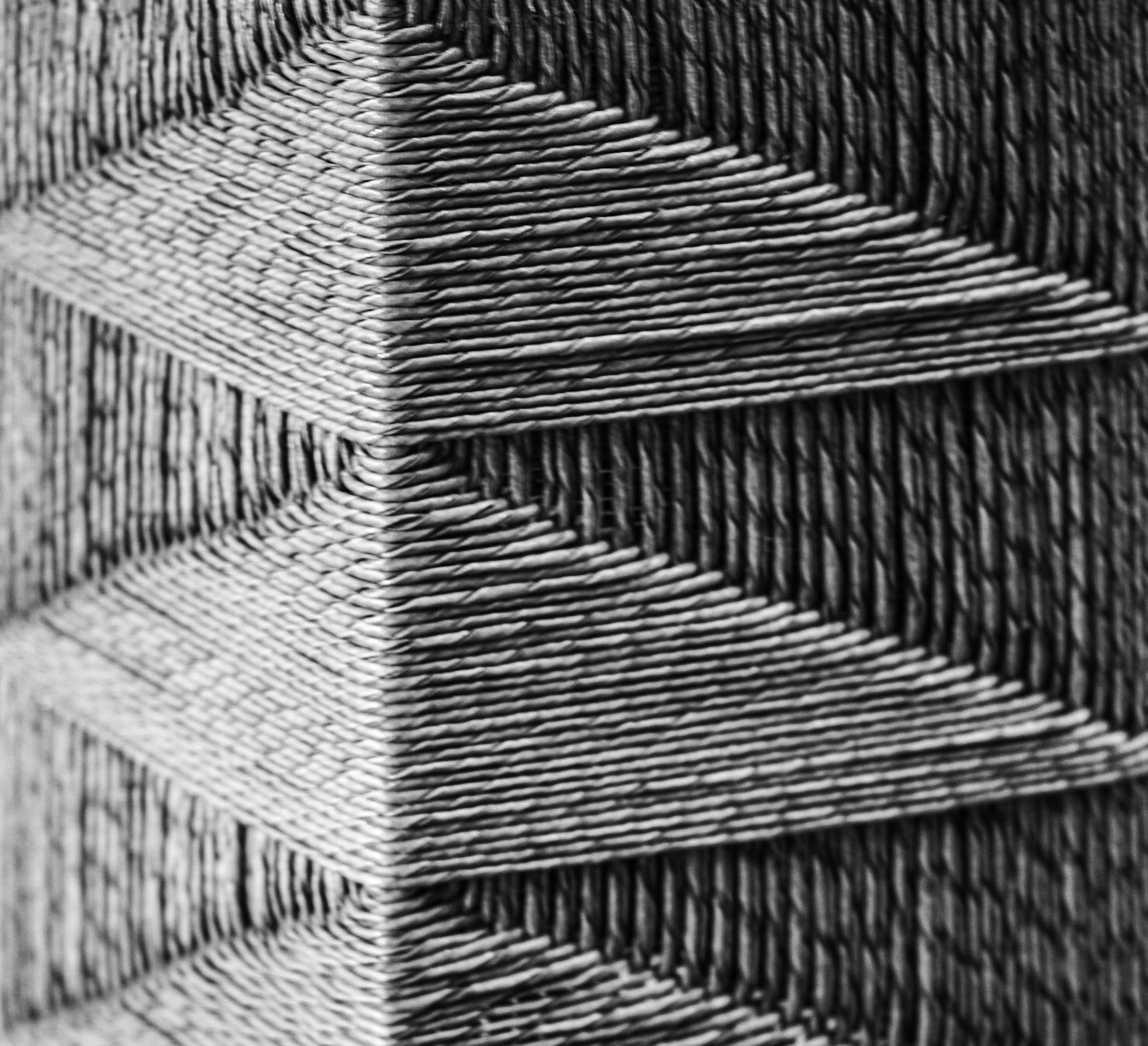
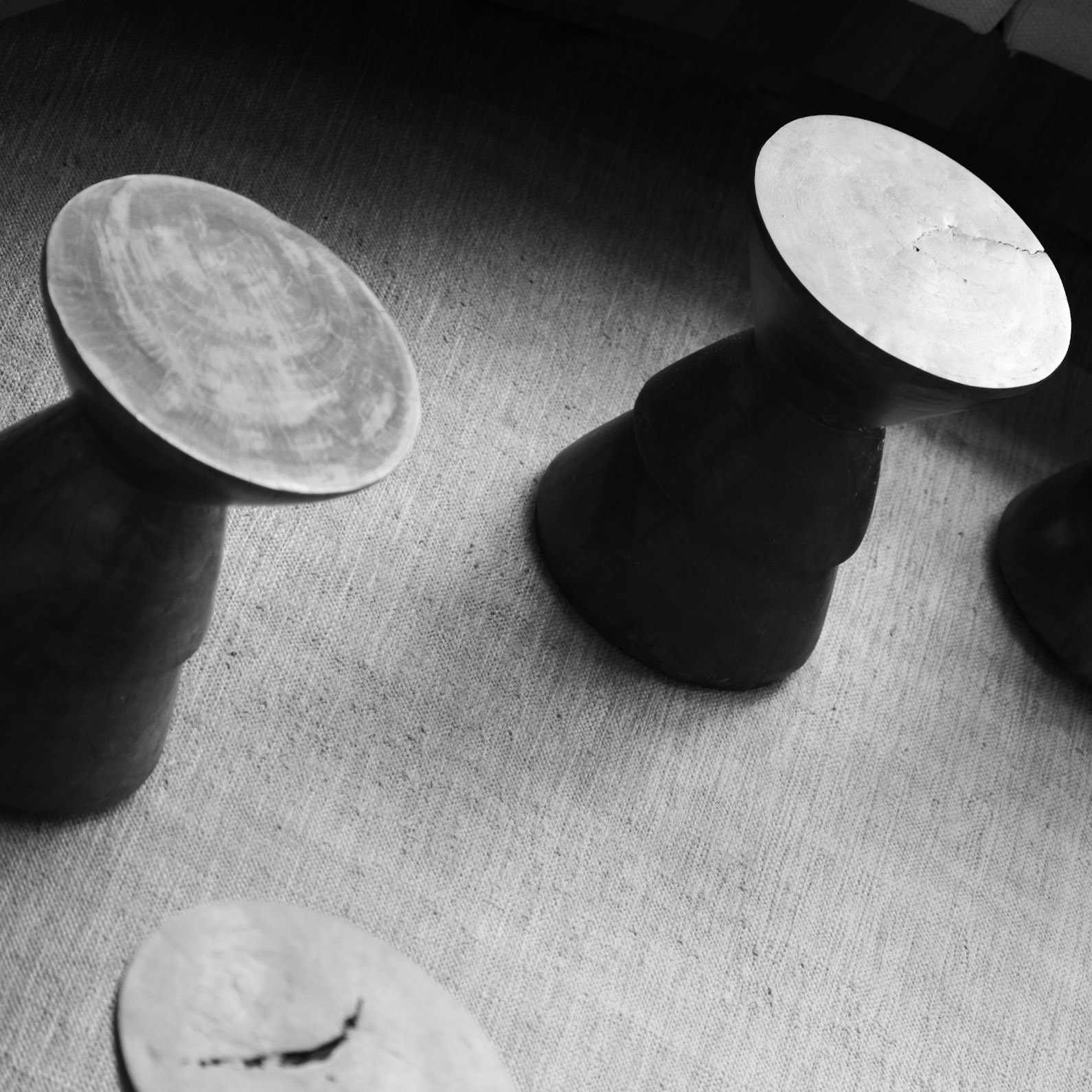
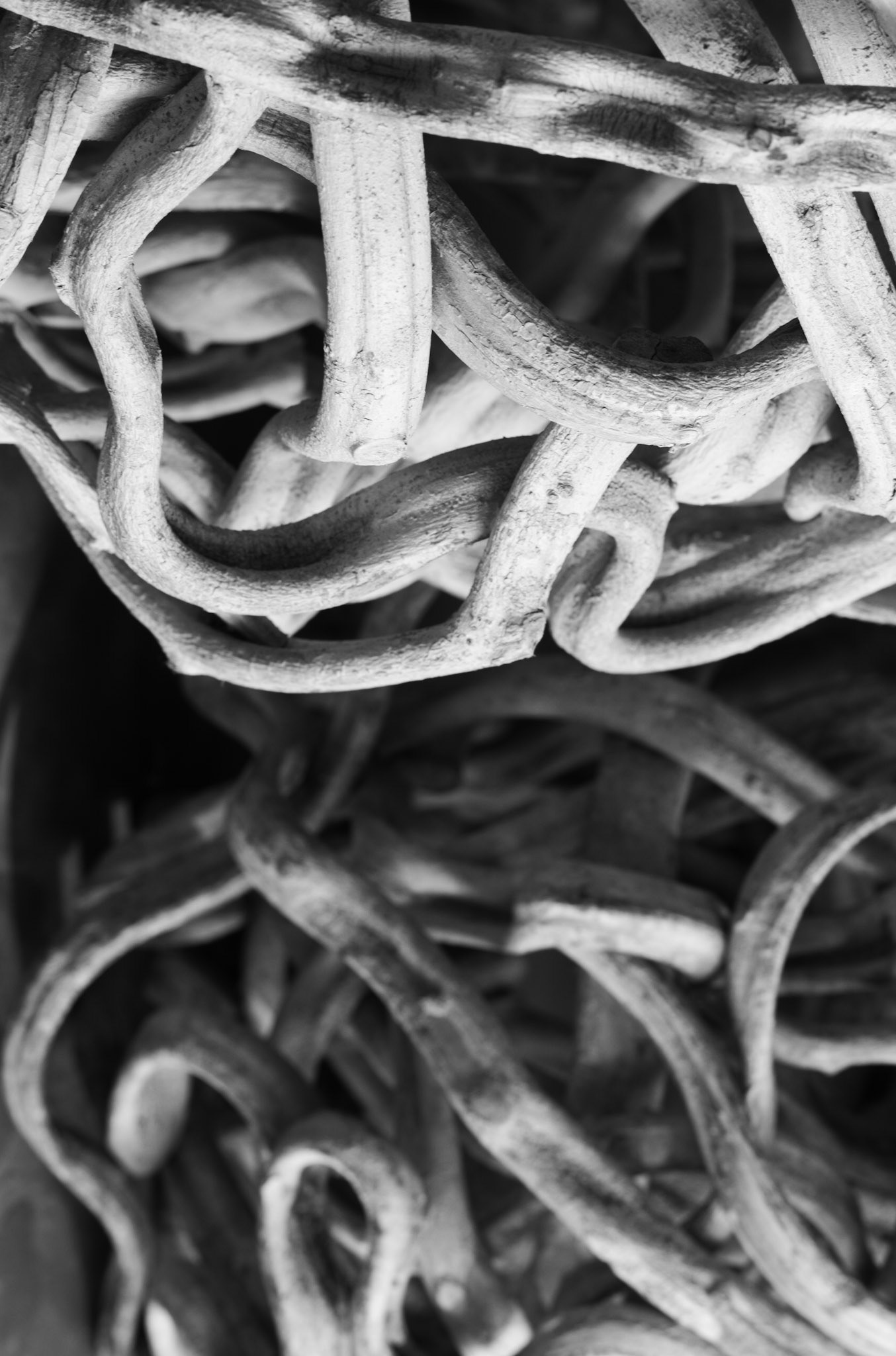
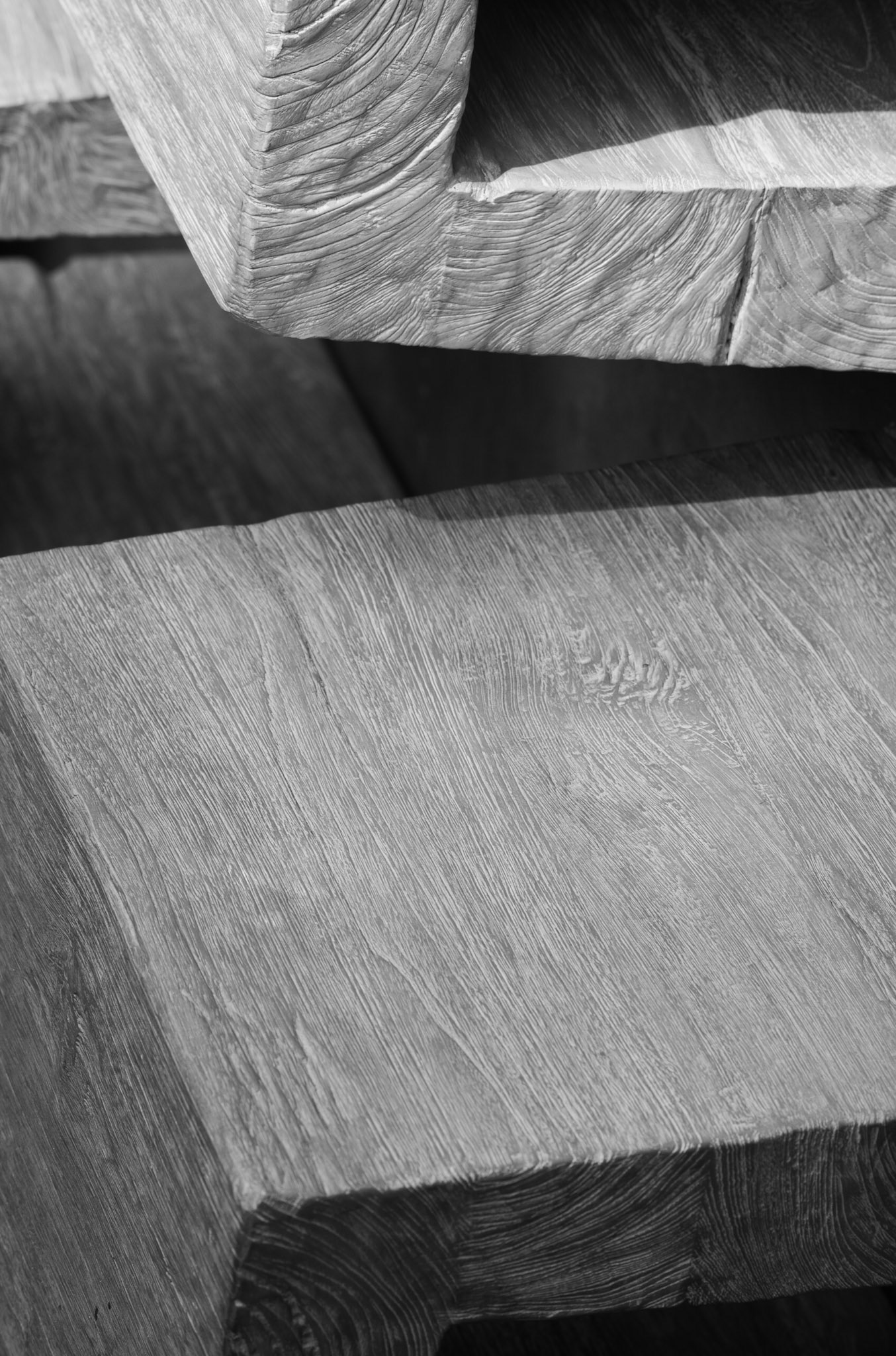
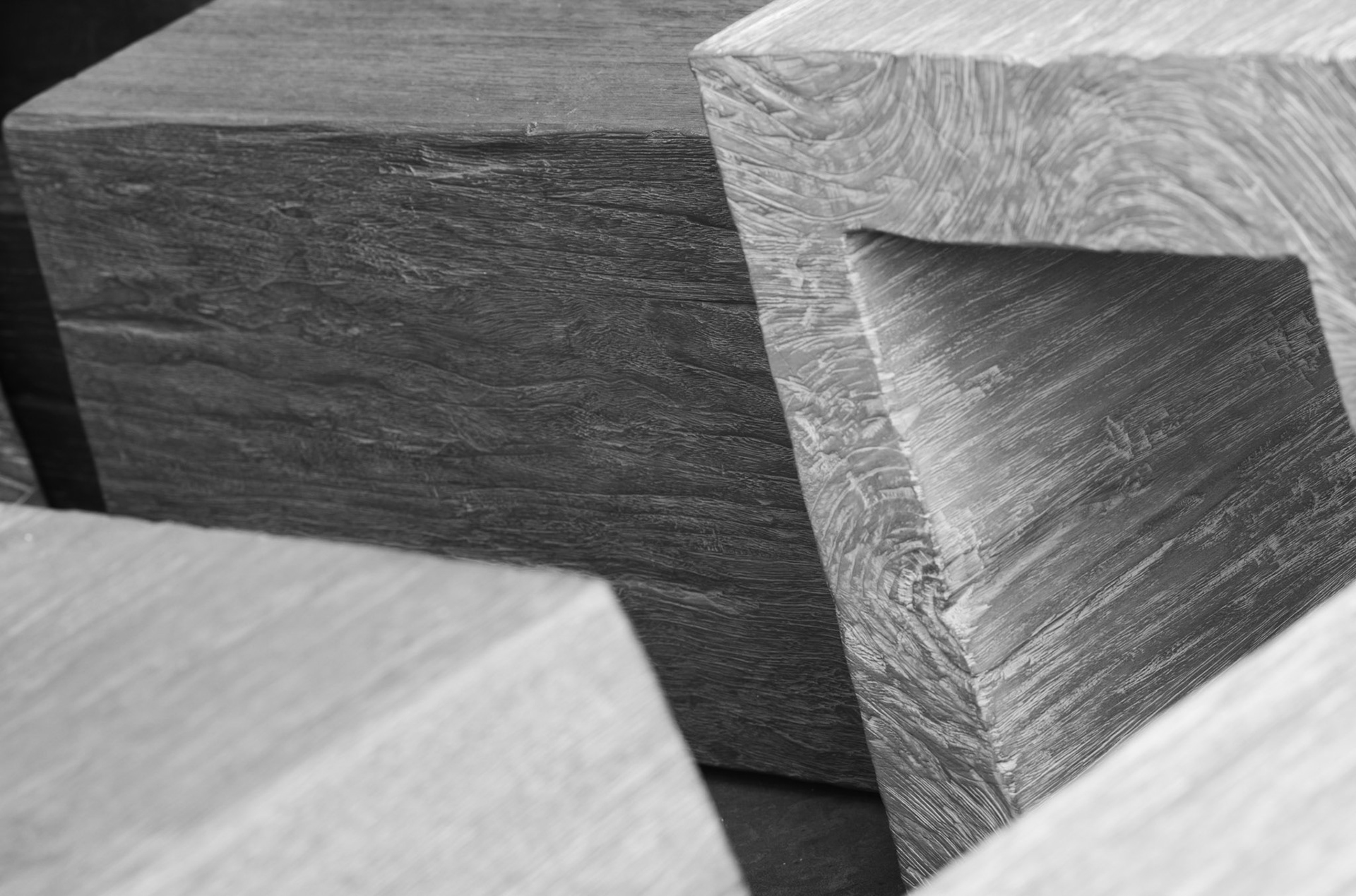
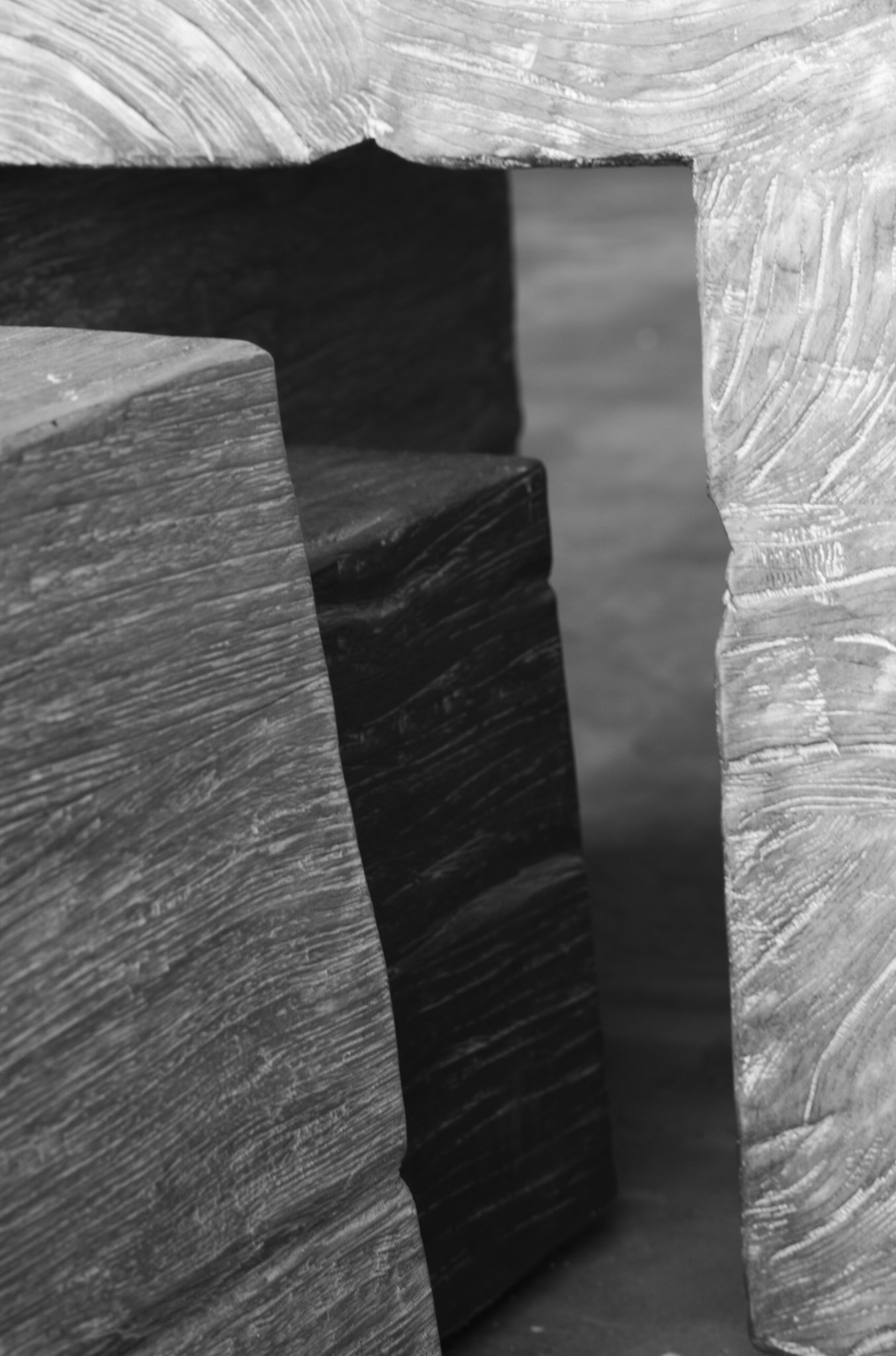
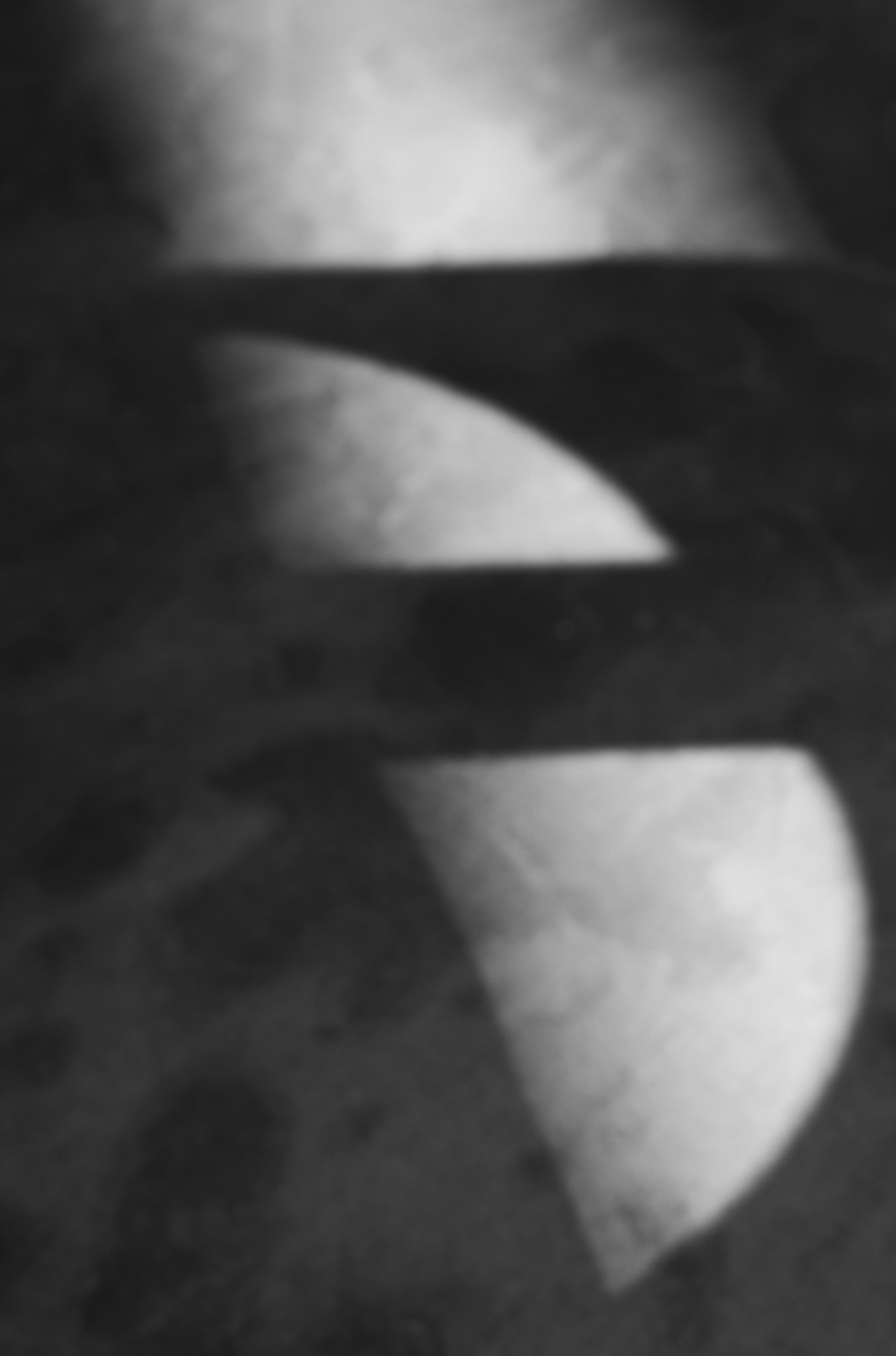
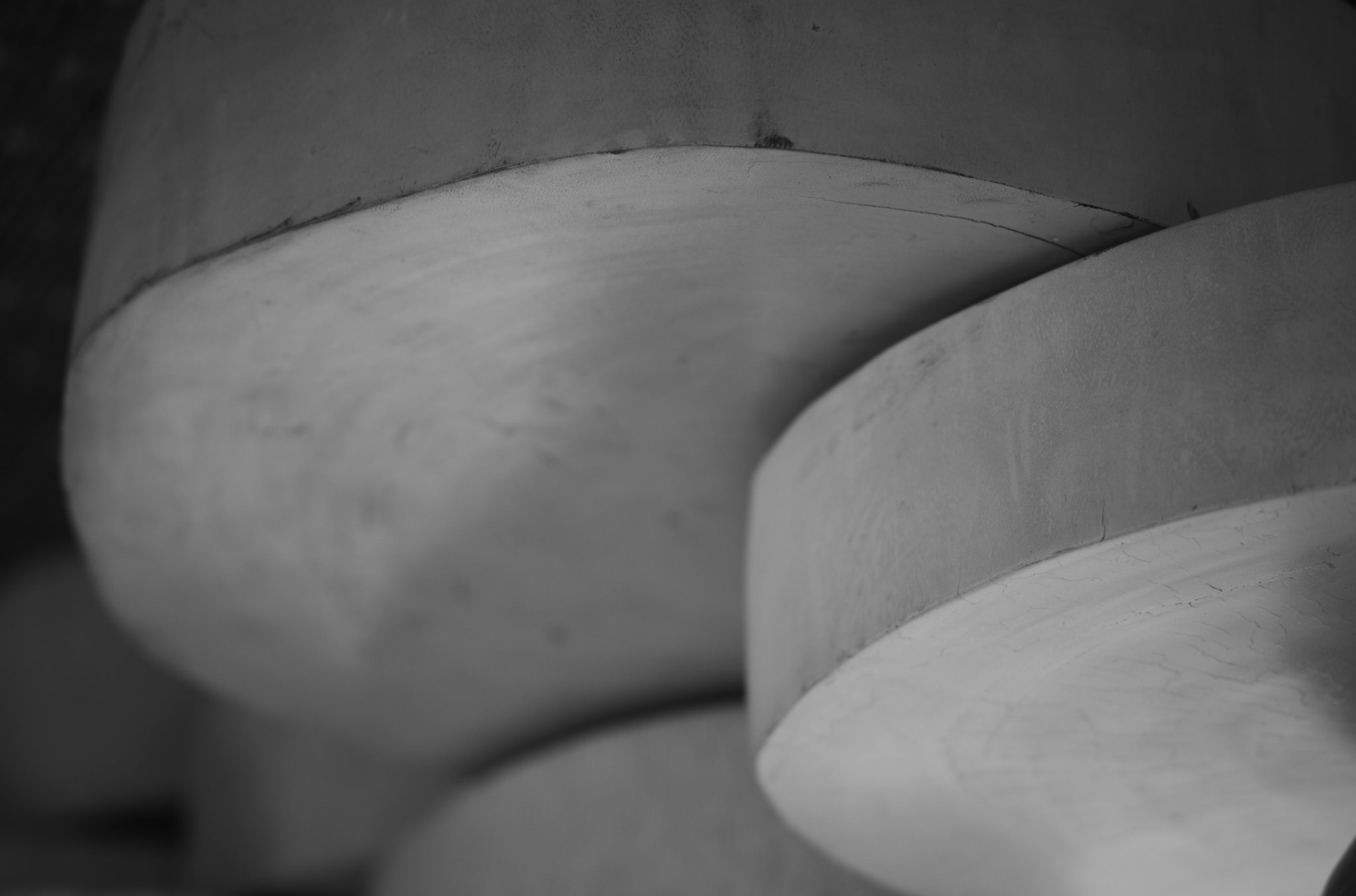


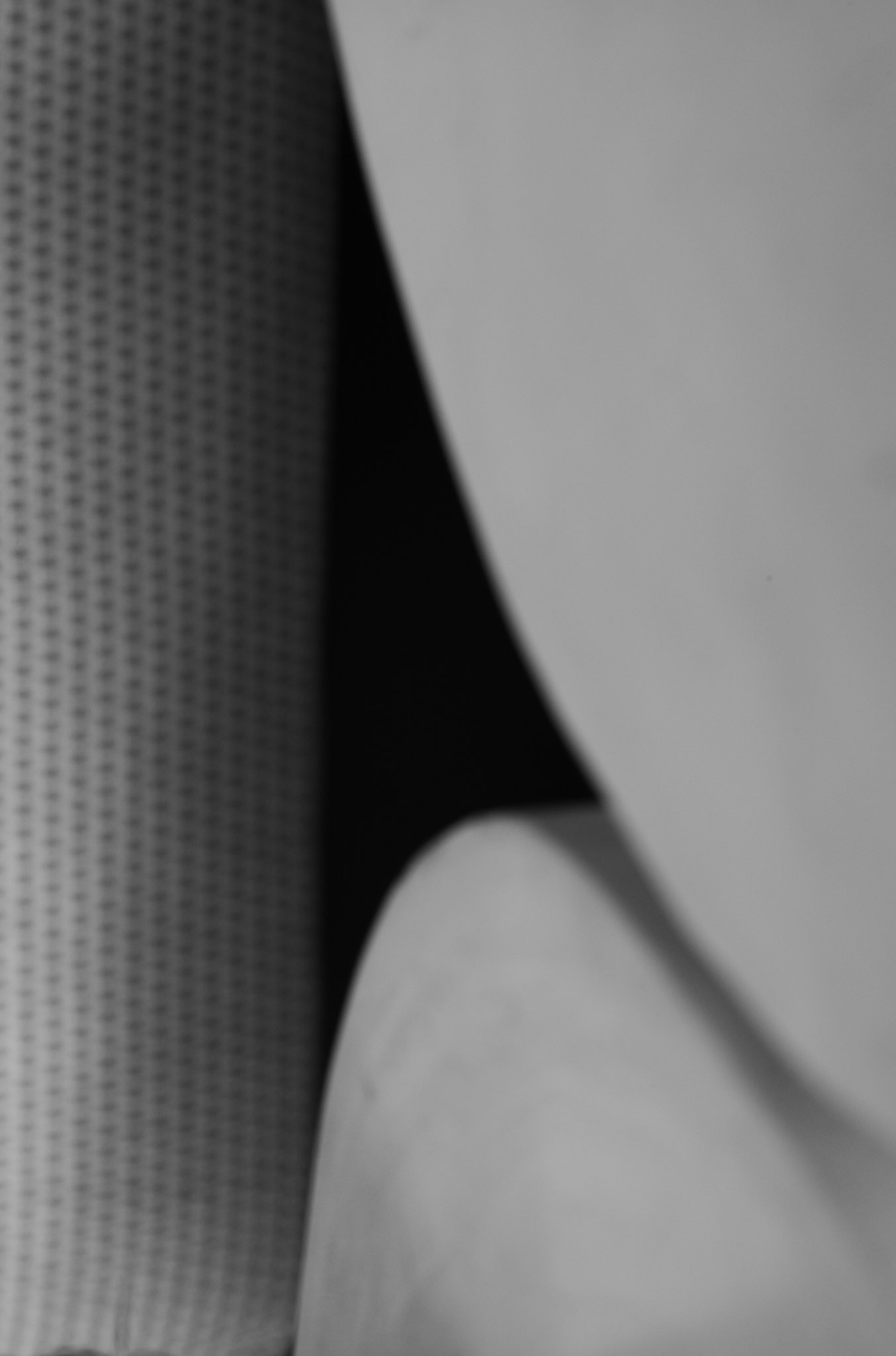
In 1916, while visiting his parents’ home in Twin Lakes, Connecticut, Paul Strand produced a series of abstract photographs now considered among the early landmarks of “Modern photography.” He chose bowls, chairs, and tables as props to create a set of images whose primary subject was light and shadow rather than the objects themselves. He achieved abstraction solely through his compositional choices (usually involving very tight cropping) and camera orientation. Guided by Strand’s example, I took these images while visiting the Mauna Lani hotel in Hawaii. Standing in alternate corners of the lobby, I allowed light and shadow to guide me to subjects of interest. A vintage 135mm lens and selective depth-of-field were used to abstract and flatten the 3-D subject.

















